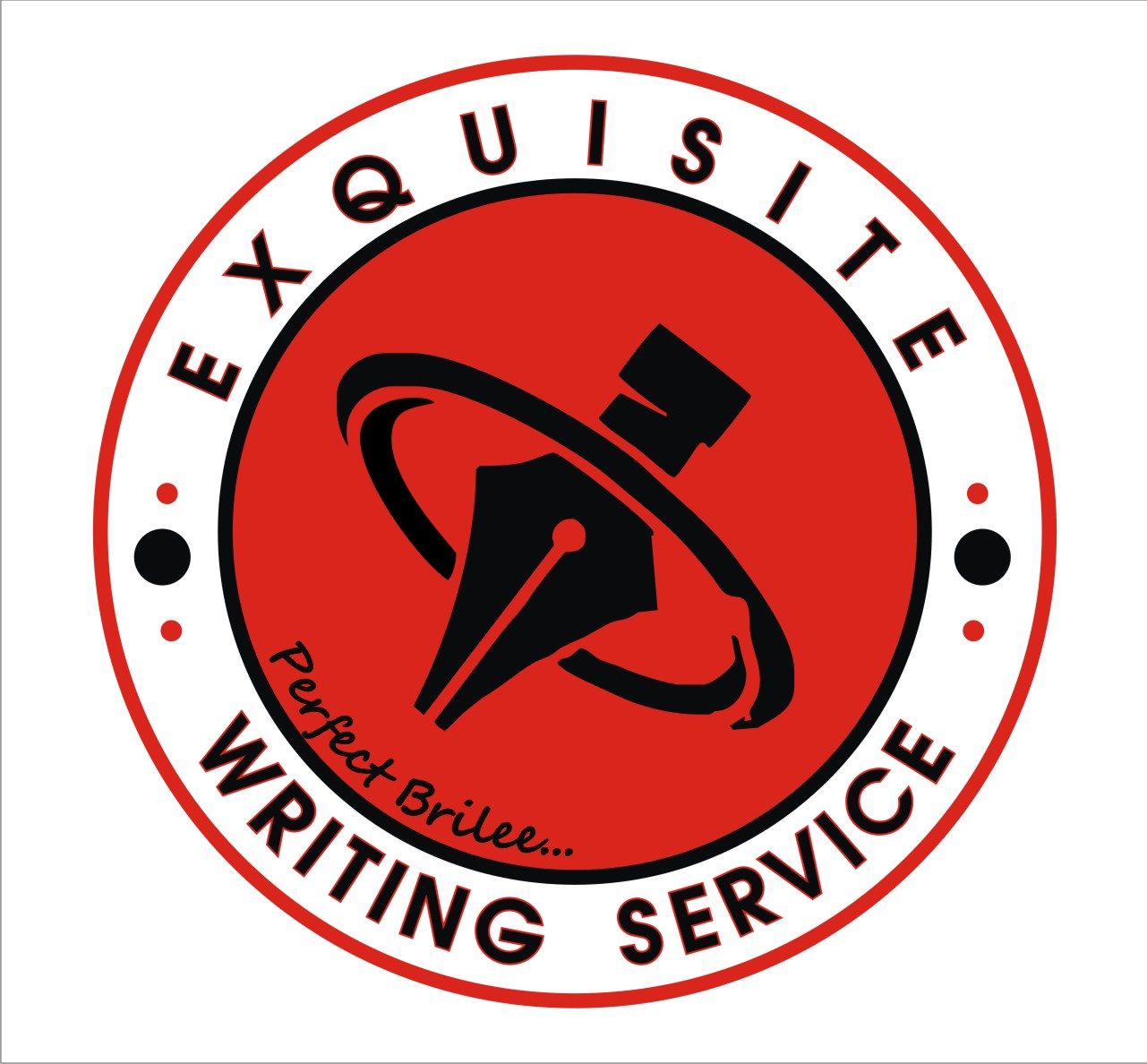During weekends, it’s normal for writers to need a break from writing.
So, if you need a break from writing and still need to fine-tune your storytelling skills, we’ve got you covered this weekend!
So, welcome to a great ride!
Some storytelling lessons aren’t buried in writing workshops or craft books. They are also streaming right to your screen!
So, we’ve presented you with a weekend watch list.
This is a mix of shows and movies that entertain and educate. From dialogue that crackles to masterful character arcs, each pick below can enhance your narrative instincts.
Okay. Are you ready? Grab your snacks, settle in, and hit “play” with real purpose.
Weekend Watchlist for Writers To Learn Storytelling
Here are seven weekend watch lists.
1. The Queen’s Gambit (Netflix)
What the movie teaches: Internal conflict, character development, and visual storytelling.
Beth Harmon wouldn’t need long monologues to expose her inner world. Her silence is enough to do the talking.
As this powerful series unfolds, you will watch her evolve from a wide-eyed orphan to a tough, independent chess prodigy battling the weight of genius and addiction.
Writers who watch can learn how visual cues like a cold stare, a trembling hand, and an unmade bed can reveal character psychology in ways that exposition would never.
The series also sets design and uses color to mirror Beth’s internal landscape, revealing how the environment shapes and powerfully reflects emotion.
Even the chess matches, which could instantly and easily feel repetitive, are staged with such narrative urgency that each person feels like a climactic battle.
Yes, this is storytelling that whispers instead of a loud shout, proving subtlety can be very powerful as spectacle.
2. Everything Everywhere All at Once
What the movie teaches: Theme integration, genre blending, and bold structure
“Everything Everywhere All at Once” isn’t just a movie. It’s a multiverse emotional rollercoaster.
Of course, the film explodes with so much absurdity (hot dog fingers, talking raccoons, and googly eyes).
It ultimately depended on a profoundly human story: a woman struggling to reconnect with her daughter, find meaning in a chaotic world, and save her marriage.
For professional and newbie writers, this is a masterclass in taking risks with form while still maintaining emotional resonance.
Each parallel universe digs out a varying version of the protagonist’s hopes and regrets, reinforcing the film’s central theme: that even in infinite possibilities, connection and kindness matter most.
It’s a cool reminder that structure can be wild if the emotional through-line remains clear.
Chaos is okay once your characters have something tangible to wrestle with.
3. Fleabag (Prime Video)
What the movie teaches: Breaking the fourth wall, voice, and emotional payoff.
Quite frankly, Fleabag captures internal monologue so well that almost no movie matches this.
Phoebe Waller-Bridge’s character talks directly to the audience from the first scene, presenting wry observations and unfiltered thoughts.
It’s disarming, hilarious, and slowly devastating.
Writers can learn how to build trust with readers using the voice from this movie.
Fleabag’s snappy asides are hilarious, but with time, those moments become shields for guilt and grief she can’t confront.
When she stops speaking to us mid-series, the silence will become deafening—and yes, meaningful.
Fleabag also nails emotional pacing: it peels back layers episode by episode, transitioning from comedy to catharsis.
The humor it brings makes the heartbreak feel quite challenging.
Tell you what? This is a crash course in how to balance depth and levity in character-driven stories.
4. The Social Network
What the movie teaches: Pacing, dialogue, and subtext.
Razor-sharp. Fast. Precise. That’s precisely how Aaron Sorkin writes dialogue, and now The Social Network tends to be his playground.
Conversations crackle with tension in dorm rooms, depositions, or boardrooms.
As a writer watching, study how the dialogue in this film is never simply about what’s being said.
Instead, it’s about what’s underneath. Betrayal, power dynamics, jealousy, and ambition are beneath the surface.
The film’s dual-timeline structure (startup journey vs. legal deposition) establishes a rhythm that mirrors a chess game.
Every scene is a counter, move, and consequence.
Writers learn to use non-linear pacing, heighten dramatic tension, and slowly unveil character motivations.
Even if you have to write about something as seemingly uncinematic as lawsuits or coding, this movie proves that stakes come from relationships, and never from explosions.
5. Arcane (Netflix)
What it teaches: Visual emotion, worldbuilding, and character contrast.
You wouldn’t need to know a League of Legends champion to love and appreciate Arcane’s visual and emotional brilliance.
While it is an animated series, it crafts a layered world where science and magic collide, and where the glittering towers of Piltover overlook the oppressed depths of Zaun.
Writers who watch this series can learn the art of immersive worldbuilding without info dumps.
Every detail, from fashion to graffiti to lighting, reveals who thrives in the cracks and wields power.
Instead of long explanations, Arcane reveals its world via setting, conflict, and visual storytelling.
But the actual heart lies in its characters: Jinx and sisters Vi caught on opposite sides of a war they never initiated.
Their relationship is a study in character contrast, revealing how love and trauma can shatter or shape a person differently.
If you are a writer aiming to create complex and emotionally charged worlds, Arcane is a treasure trove of lessons in scale and subtlety.
6. Midnight in Paris
What the movie teaches: Nostalgia, theme, and dialogue-driven reflection.
Gil is a screenwriter vacationing in Paris.
He finds himself miraculously and mysteriously transported to the 1920s every night—meeting legends like Picasso, Hemingway, and Fitzgerald.
Does that sound dreamy? Yes, it is. But Midnight in Paris isn’t simply a love letter to literary heroes.
It is a thoughtful take on the illusion of the “Golden Age.”
Writers can watch how the theme is carefully developed through philosophical dialogue and whimsical encounters.
The film would not hit you with its message, but at the end, you will get the point: every era seems golden to someone who’s discontent in their time.
It’s also an excellent primer in magical realism.
It reveals how one fantastical element—time travel—can be employed to explore in-depth, universal ideas like longing, dissatisfaction, and the artist’s role.
You can find it here if you want to blend the mystical with the reflective will!
7. Better Call Saul (Netflix)
What the movie teaches: Moral ambiguity, long-form character arcs, and narrative payoff
Better Call Saul is the complete slow burn.
Unlike some shows that emphasize plot twists, this depends on character evolution.
Jimmy McGill’s transformation into Saul Goodman does not just occur overnight.
And that’s the main point. It’s a diligent and careful study of how small compromises, good intentions, and minor and emotional wounds accumulate with time.
For dedicated writers, this show is truly a masterclass in moral ambiguity.
You may root for Jimmy one moment, and the next, you may recoil.
This makes his arc all the more human.
Supporting characters like Mike Ehrmantraut and Kim Wexler aren’t simply side players.
Each carries haunting dilemmas and arcs, offering the story a rich, layered texture.
The story also rewards narrative patience. Yes, every detail matters.
A silence, a glance, and a missed call build toward moments of devastating payoff.
Writers can learn how to craft a character descent that feels believable and inevitable and how to make tension simmer under the surface.
How to Watch Like a Writer
As a writer, you don’t get to watch movies like others do.
You must watch as if you are engaging in active research for better storytelling.
While you can get lost in a heart-wrenching film or a gripping series, you need to tune in with varying lenses to level up your writing.
So, let’s explore how you can turn your weekend watchlist into a masterclass:
1. Pause and Reflect
Have you ever watched a scene that made your chest tighten?
Have you ever watched one that made you laugh out loud?
Don’t just move on. Ask the why questions:
- Was it the actor’s delivery?
- Is it a well-placed line of dialogue?
Is it a sudden plot twist that reframes the whole scene?
Yes, this is the writer’s moment: to dissect and slow down what the average viewer breezes past. Study it. Replay it.
Those “why did this work?” moments are nothing but goldmines for writers.
2. Take Notes Like a Nerd
While you watch, grab a notebook, open a word processor, or use your phone’s notes app.
After each movie or episode, jot down at least one scene you appreciated and that they did well.
Yes, it doesn’t have to be a deep essay. Just short, specific insights like:
- “The opening scene evoked tension using silence.”
- “The B-plot mirrored the theme of loss excellently.”
- “The antagonist was empathetic, making the conflict more intense.”
With time, you’ll notice patterns and build your personal storytelling playbook.
3. Steal Like a Storyteller
While you would not plagiarize. However, pay attention.
If you figured out that a movie delivered a killer twist or that a show nailed an emotional payoff, break it down.
Ask yourself:
- What made the payoff quite satisfying (or unsatisfying)?
- How was the setup erected earlier?
- Is it possible to apply that same technique or structure to one of your scenes or characters?
Great writers wouldn’t simply consume.
Instead, they reimagine, recreate, and remix what inspires them.
The lessons you learn from the screen can fuel your creativity.
Bonus Tip: Watch Twice
You will definitely enjoy the first watch.
As this will let the story hit you naturally.
But with the second watch, you can analyze it.
When you know what’s coming, you can focus on foreshadowing, structure, character shift, and pacing.
This second watch is where much of the invisible storytelling magic becomes visible.
Final Thoughts
Storytelling is everywhere—in songs, on billboards, and in conversations.
However, movies and shows can give you voice, structure, and emotion all in one immersive package.
Therefore, you should never feel guilty about a Netflix weekend.
Once you are paying attention, it’s simply research.
Happy watching!

